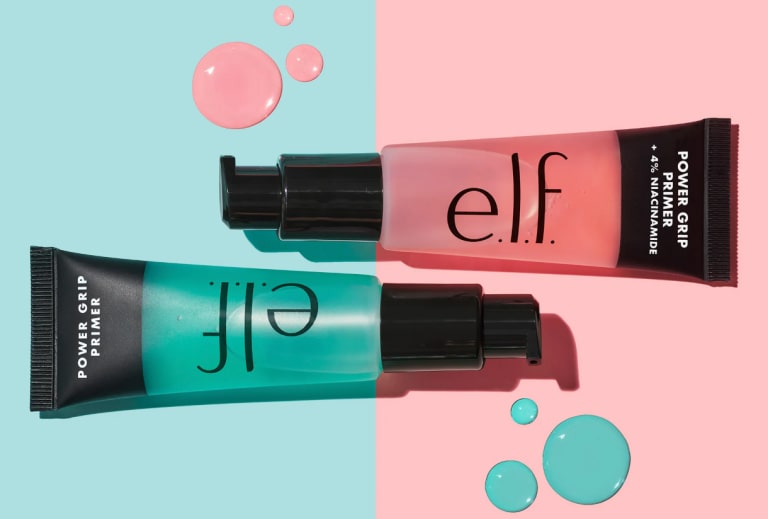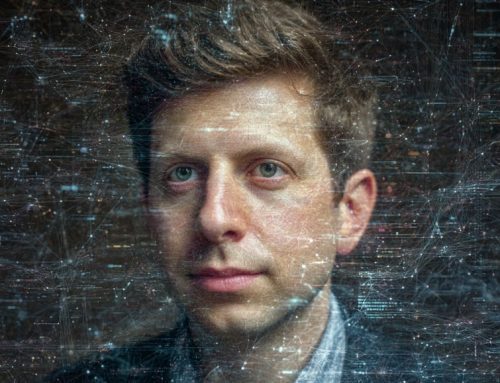Who Owns e.l.f. Cosmetics? A Deep Dive into Ownership, Growth, and Strategy
e.l.f. Cosmetics is one of the fastest-growing beauty brands in the United States, loved for its affordable prices, cruelty-free formulas, and social-media-driven popularity. But as the company’s products fill drugstore shelves and rack up millions of TikTok views, many consumers ask a simple question: who actually owns e.l.f. Cosmetics?
The answer is layered. e.l.f. started as a family-supported startup in New York in 2004. Today, it operates as a publicly traded company, e.l.f. Beauty, Inc. (NYSE: ELF), with institutional investors holding major stakes and a portfolio that now includes multiple sub-brands. Let’s take a closer look at how ownership has evolved, who controls e.l.f. today, and what this means for its future.
From Startup to Beauty Powerhouse
e.l.f.—short for “eyes, lips, face”—was founded in 2004 by Joseph Shamah and Scott-Vincent Borba. With support from Joseph’s father, Alan Shamah, the duo launched a simple but disruptive idea: offer cosmetics at $1 price points that looked high-end but were accessible to everyone.
Their bet worked. Consumers embraced the concept of “luxury-for-less,” and e.l.f. quickly gained traction both online and in major retailers like Target. In 2014, private equity firm TSG Consumer Partners invested in the company, fueling expansion and strengthening its infrastructure.
This growth stage set the stage for the next transformation: becoming a public company.
Public Company Structure
In 2016, e.l.f. went public on the New York Stock Exchange under the ticker symbol ELF. Today, the company operates as e.l.f. Beauty, Inc., with headquarters in Oakland, California, and a growing workforce.
As a publicly traded entity, e.l.f. doesn’t belong to a single owner anymore—it is collectively owned by thousands of shareholders worldwide. Investors range from large financial institutions to individual retail investors. Ownership is dynamic, but institutional investors hold significant influence.
Who Owns e.l.f. Cosmetics Today?
The largest shareholders of e.l.f. Beauty are institutional investors, including:
- Baillie Gifford & Co. – a Scottish investment management firm with one of the largest stakes.
- Vanguard Group, Inc. – one of the world’s biggest asset managers.
- BlackRock, Inc. – another global giant in fund management.
These firms do not directly run the company, but as major shareholders, they influence corporate governance and strategy through board oversight and voting rights.
Meanwhile, the founders no longer control e.l.f., though their early vision still shapes the brand’s identity. The company is now steered by its executive team, led by Tarang Amin (CEO since 2014), who has been instrumental in e.l.f.’s growth from a niche disruptor to a multi-billion-dollar player.
Expansion Through Acquisitions
Ownership of e.l.f. has also expanded in scope, as the company now owns multiple sub-brands:
- e.l.f. Skin – the skincare division launched to capture the booming skincare market.
- Naturium – acquired in 2023 for around $355 million, strengthening the company’s skincare lineup.
- Keys Soulcare – a partnership brand with Alicia Keys, focused on clean, soulful beauty.
- Rhode – in 2024, e.l.f. made headlines by agreeing to acquire Rhode, the skincare brand founded by Hailey Bieber, in a deal valued at around $1 billion.
These acquisitions show that e.l.f. is no longer just a budget makeup brand. Its ownership of multiple lines positions it to compete across skincare, mid-tier cosmetics, and even celebrity-driven prestige markets.
Financial Performance and Growth
Ownership doesn’t just mean stockholders—it also relates to financial accountability. Over the past five years, e.l.f. has delivered exceptional performance:
- Revenue: In 2020, e.l.f. reported less than $300 million in annual revenue. By 2024, revenue surpassed $850 million, with double-digit annual growth.
- Profitability: The company maintains healthy margins, with gross margins above 65% and expanding operating income.
- Stock performance: e.l.f.’s share price has soared since its IPO, rewarding investors with some of the best returns in the beauty sector.
For shareholders like Baillie Gifford, Vanguard, and BlackRock, this financial performance confirms why they hold large stakes. For consumers, it shows the brand’s staying power.
How Ownership Influences Strategy
Because e.l.f. is publicly traded, ownership structure affects governance and long-term strategy:
- Institutional investors typically push for sustainable growth and strong returns. Their presence encourages disciplined management and accountability.
- CEO Tarang Amin has balanced affordability with expansion into skincare and prestige, aligning with shareholder goals for profitability.
- Acquisitions such as Naturium and Rhode reflect strategic moves to diversify revenue and reach new demographics, supported by investor confidence.
Culture, Mission, and Responsibility
Ownership is not just financial; it’s also about values. e.l.f. has built its brand on being:
- Cruelty-free and vegan – a core promise since inception.
- Inclusive – emphasizing diversity in its campaigns and product ranges.
- Social-media savvy – TikTok virality has driven record sales.
This positioning makes e.l.f. a favorite among Gen Z and Millennial consumers, which also supports investor confidence.
Industry Comparisons
Compared with competitors:
- L’Oréal and Estée Lauder are family-influenced empires with vast portfolios.
- ColourPop and Glossier remain privately held.
- NYX was acquired by L’Oréal and no longer operates independently.
In contrast, e.l.f. is one of the few independent U.S. beauty companies still thriving as a standalone, publicly traded entity—a unique ownership position in the industry.
Looking Ahead: The Future of e.l.f.
So, who owns e.l.f. Cosmetics? Legally, the answer is its shareholders. Strategically, control lies with institutional investors and the executive team. The brand’s future direction—toward more acquisitions, international expansion, and possible prestige positioning—will be shaped by this ownership model.
Given its rapid revenue growth, bold acquisitions like Rhode, and loyal consumer base, e.l.f. looks poised to remain one of the most exciting players in the beauty world. Its ownership structure, combining broad public shareholders with strong leadership, positions it well for the challenges ahead.
Conclusion
e.l.f. Cosmetics began as a scrappy startup founded by Joseph Shamah and Scott-Vincent Borba. Today, it is owned by e.l.f. Beauty, Inc., a publicly traded company with major institutional shareholders like Baillie Gifford, Vanguard, and BlackRock.
Through strong leadership and bold acquisitions, e.l.f. has evolved far beyond its $1 price point roots. Its ownership structure reflects both broad investor confidence and strategic control by its management team.
For consumers, e.l.f. will always mean accessible, cruelty-free beauty. For investors, it represents one of the most successful growth stories in the cosmetics industry today.
Featured image source: Google





